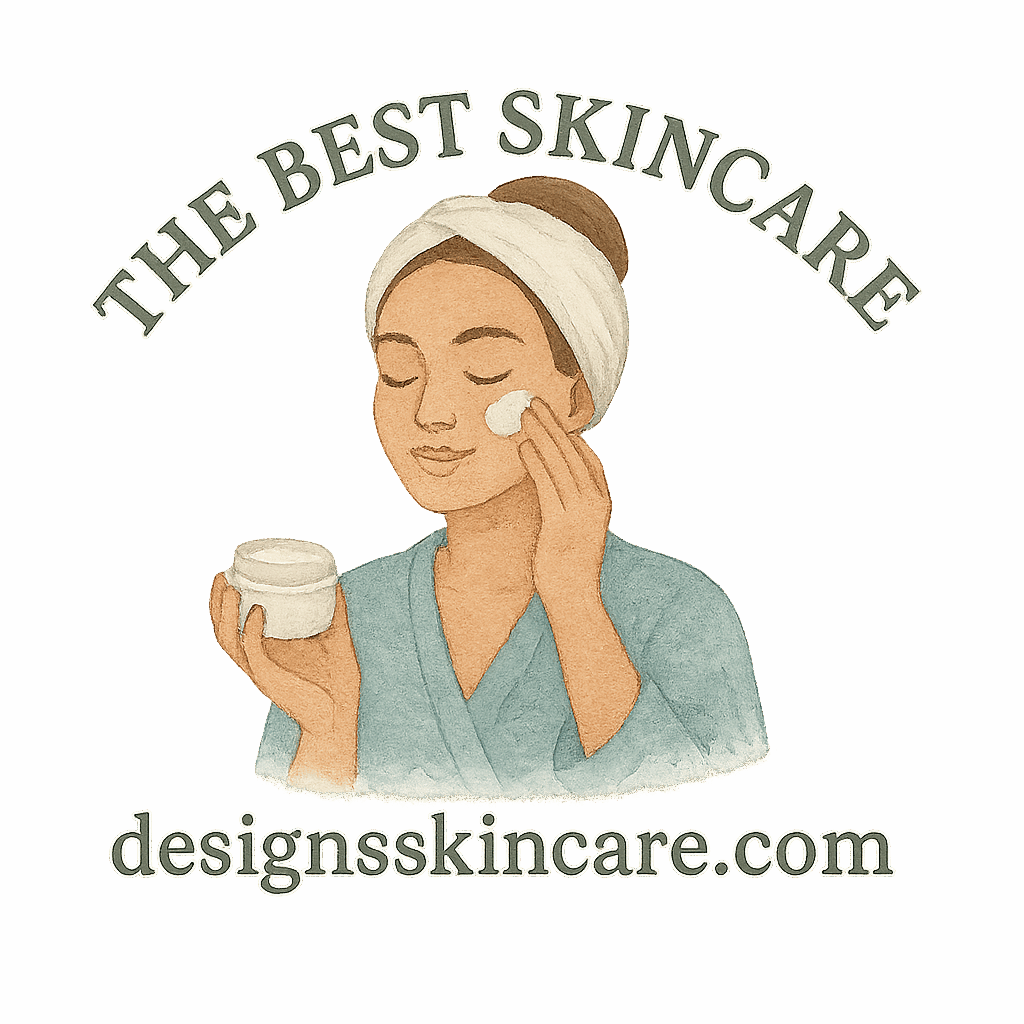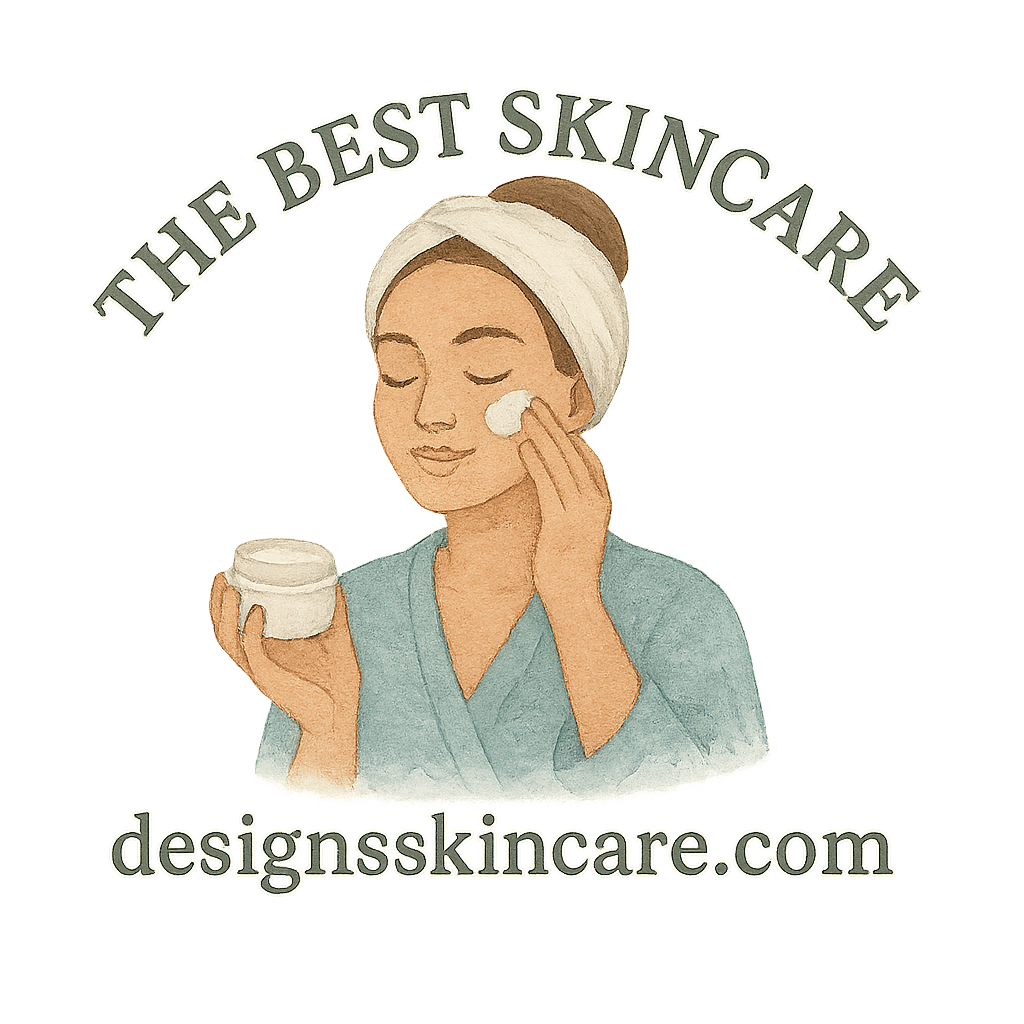Introduction: Why Combination Skin Needs Special Attention
Combination skin can often feel like a double-edged sword. One moment, your T-zone (forehead, nose, and chin) is oily, while the next, your cheeks feel dry and tight. If you’ve ever dealt with this skin type, you know the struggle of finding products that cater to both ends of the spectrum. Combination skin requires a balanced skincare routine to manage both the oily and dry areas without aggravating either.
The key to healthy, glowing skin lies in creating a skincare routine that addresses the unique needs of combination skin, and in this article, we’ll discuss the best habits to cultivate for combination skin success. From gentle cleansing to finding the right products, we’ve got you covered with tips and advice that can help you achieve a healthy, balanced complexion.
Understanding Combination Skin: What It Is and How It Affects You
Combination skin is a common skin type where certain areas of the face, such as the T-zone, produce excess oil, while other areas, such as the cheeks, feel dry or even sensitive. The result is often a complex mix of skin concerns that can be tricky to treat with just one routine or set of products.
Characteristics of Combination Skin
- Oily T-zone: The forehead, nose, and chin tend to be oilier due to overactive sebaceous glands.
- Dry cheeks: The areas on the sides of your face may feel parched and tight.
- Shiny and dull skin: While the oily areas may appear shiny, the dry areas may look lackluster and rough.
- Blemishes and dryness coexist: Pimples and dry patches can show up simultaneously, making it tricky to find products that cater to both.
Common Challenges for Those with Combination Skin
Dealing with both oily and dry zones can create difficulties, such as:
- Finding the right balance: Products for oily skin may dry out the cheeks, while products for dry skin might worsen oiliness.
- Cleansing issues: Harsh cleansers may strip your skin of its natural oils, while gentle cleansers might not address excess oil.
- Moisturizing dilemma: You need hydration but not in a way that makes the oily areas greasy.
Habit 1: Use a Gentle Cleanser That Balances Your Skin
A good skincare routine always starts with cleansing, but for combination skin, the wrong cleanser can cause more harm than good. Instead of using harsh cleansers that strip away oils (which may worsen your skin’s imbalance), opt for a gentle, pH-balanced cleanser that will clean without over-drying or adding excess oil.
Why a Gentle Cleanser is Important for Combination Skin
Gentle cleansers will remove impurities and excess oils without stripping the skin’s natural moisture barrier. This is particularly important when caring for combination skin, as harsh products can trigger the skin to overproduce oil in some areas while further drying out others.
Best Cleansers for Combination Skin
Look for cleansers with light formulas that focus on hydration but also have oil-absorbing ingredients for your T-zone. Some great options include:
- Gel-based cleansers: They clean thoroughly but don’t dry out the skin.
- Cream cleansers: Gentle on dry areas while still providing effective cleansing.
For a skincare routine designed for combination skin, check out this guide on skincare by skin type.
Habit 2: Hydrate with a Lightweight, Oil-Free Moisturizer
Hydration is vital for all skin types, but combination skin requires extra attention when selecting the right moisturizer. The key here is using a moisturizer that hydrates without adding more oil to the skin.
How Moisturization Helps in Combination Skin Care
Even if your skin tends to be oily in certain areas, the skin still needs moisture. Skipping this step can lead to a dehydrated skin barrier, which can cause even more oil production. The goal is to keep your skin hydrated without overloading it.
Best Moisturizers for Combination Skin
Look for lightweight, oil-free moisturizers that won’t clog pores but still offer hydration. Ingredients like hyaluronic acid are perfect for giving the skin moisture without making it greasy. You can find the best products for combination skin in our product guide.
Habit 3: Exfoliate Regularly, But Gently
Exfoliation is an essential part of skincare for combination skin, as it helps remove dead skin cells, prevent clogged pores, and keep both oily and dry areas in check.
Why Exfoliation is Crucial for Combination Skin
Exfoliation clears the skin’s surface of dead cells, preventing the buildup that leads to clogged pores and breakouts in oily areas. It also helps smooth out dry patches by removing flakiness. However, over-exfoliating can damage the skin’s barrier, so moderation is key.
How Often Should You Exfoliate?
Exfoliating 1-2 times a week is sufficient for combination skin. If you use a physical exfoliator, choose one with fine granules to avoid irritating the skin.
Best Exfoliators for Combination Skin
Look for gentle exfoliants with chemical exfoliants like AHA or BHA, which are effective at unclogging pores without causing irritation. Consider trying out exfoliators that are designed for sensitive skin to get the best results. Check out our skincare steps for more exfoliation tips.

Habit 4: Target Oily Zones with Specific Treatments
While your T-zone might need special care, it doesn’t mean you should ignore your dry areas. The solution is to treat each zone with its own targeted treatment.
How to Treat the Oily Zones of Combination Skin
Use products with oil-controlling ingredients like salicylic acid, which works to reduce excess sebum and prevent breakouts in your T-zone.
Best Products for Oily Areas
Look for mattifying products that help control shine throughout the day. Additionally, a lightweight oil-free primer can help manage oil production.
Habit 5: Address Dry Areas with Intensive Care
The dry areas of your face deserve special attention too. To prevent your skin from becoming irritated or flaky, treat the dry patches with rich moisturizers that don’t aggravate the oilier zones.
How to Soothe Dry Patches Without Over-Moisturizing
Apply a richer moisturizer to the dry parts of your face while being careful not to apply too much to the oily areas. Ingredients like ceramides and glycerin help soothe dryness and lock in moisture.
Best Products for Dry Areas of Combination Skin
Look for nourishing creams that provide deep hydration without making your skin greasy. You can find more recommendations on moisturizers here.
Habit 6: Don’t Skip Sunscreen—Even on Oily Areas
Sunscreen is a must for all skin types, and combination skin is no exception. The key is to choose a sunscreen that won’t clog your pores or leave your face feeling greasy.
Why Sunscreen is Essential for Combination Skin
Protecting your skin from UV damage is crucial for preventing premature aging and skin damage. Even if your skin is oily, you can find non-comedogenic sunscreens designed for oily skin.
Best Sunscreens for Combination Skin
Opt for oil-free and mattifying sunscreens that provide protection without leaving a heavy residue.
Habit 7: Adjust Your Routine with the Seasons
Your skincare routine should adapt to the changing seasons. What works in the summer might not be suitable in the winter.
How Seasonal Changes Affect Combination Skin
Cold weather tends to dry out the skin, making it more prone to flakiness and irritation, while warmer months may lead to increased oil production. Adjusting your routine to account for these changes is essential.
How to Adapt Your Routine Year-Round
In winter, use richer moisturizers and avoid harsh exfoliation. During the summer, switch to lighter formulas and consider using mattifying products to keep oil under control.
Habit 8: Incorporate Skin-Boosting Foods into Your Diet
What you eat can significantly affect your skin’s health. Eating the right foods can help maintain a healthy balance in combination skin.
How Diet Impacts Combination Skin
Foods high in antioxidants, vitamins, and minerals can reduce inflammation and promote healthy skin. Omega-3 fatty acids, in particular, are known to support healthy skin hydration.
Best Foods for Glowing Combination Skin
Incorporate healthy fats, leafy greens, and vitamin C-rich foods into your diet to help keep your skin in top shape.
Conclusion: Healthy Combination Skin is Within Reach
By following these 8 simple yet effective skincare habits, you can achieve balanced, glowing skin. It’s all about finding products and routines that target both your oily T-zone and dry areas without aggravating either. Don’t forget to protect your skin from the sun, and adjust your routine based on the seasons to maintain a healthy glow year-round.
FAQs
- What’s the best cleanser for combination skin?
- How can I balance my oily T-zone with dry cheeks?
- Can I use a rich moisturizer for both dry and oily areas of my face?
- How often should I exfoliate my combination skin?
- What’s the best sunscreen for combination skin?
- Can my diet impact my combination skin?
- How can I adapt my skincare routine for different seasons?
This article provides a detailed guide for anyone looking to perfect their skincare routine for combination skin. If you’re interested in learning more about products or routines tailored to your skin type, be sure to check out the skincare guide and explore our full range of skin care articles!


